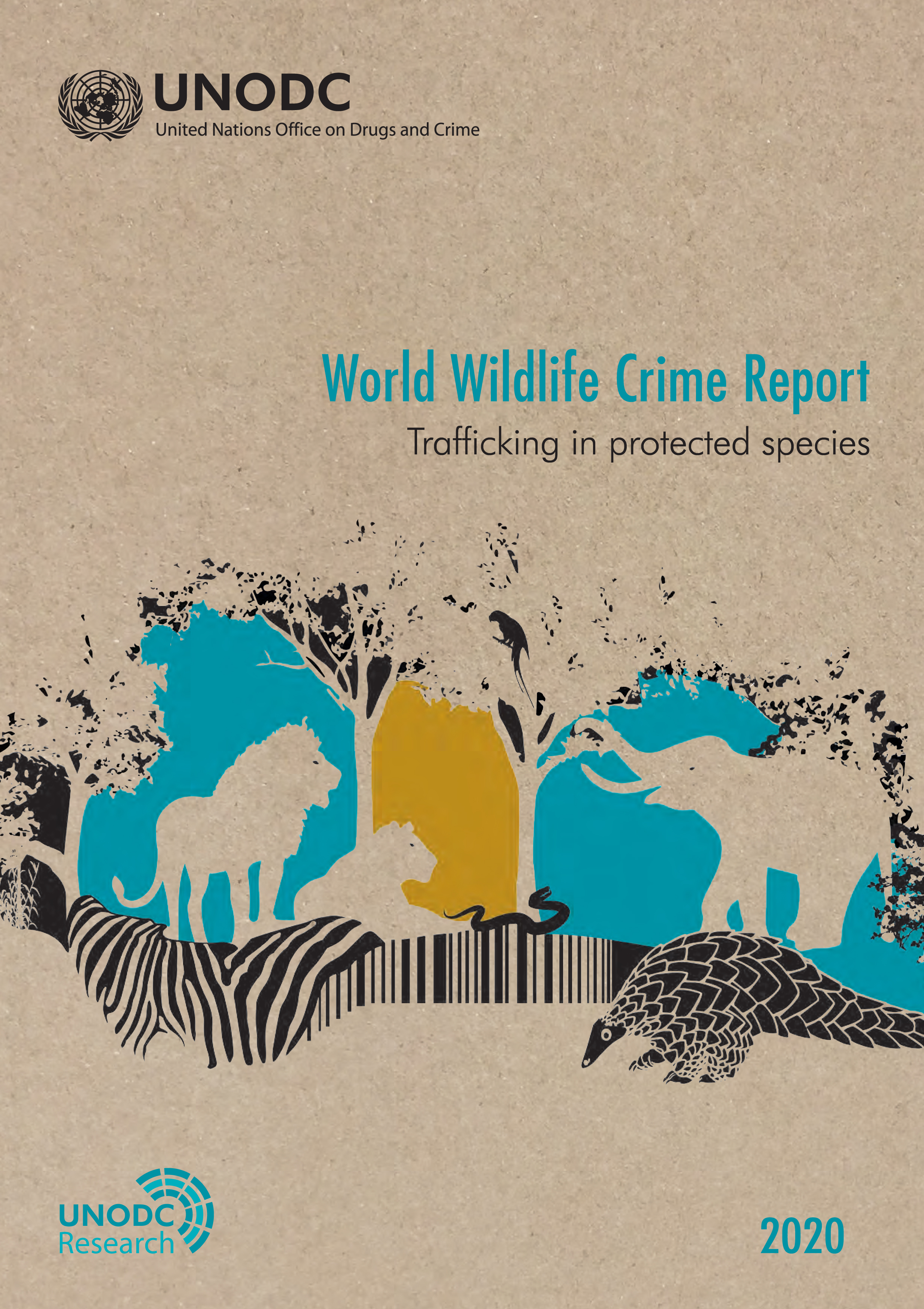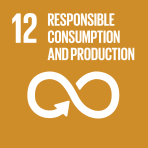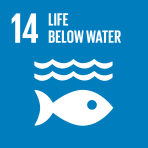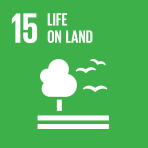Summary and overview

- Author: United Nations Office on Drugs and Crime
- Main Title: World Wildlife Crime Report 2020 , pp 9-18
- Publication Date: January 2021
- DOI: https://doi.org/10.18356/9789210052252c004
- Language: English
Four years have passed since the first World Wildlife Crime Report was published in 2016. In the interim, there have been significant changes in both the policy environment and the illicit markets. If anything, trafficking of wild fauna and flora has grown in importance in the public consciousness and has risen on the political agenda, as it becomes clear that wildlife crime has negative implications for climate change, preservation of biodiversity, security and public health. In response, controls have tightened in a number of wildlife markets since the first publication, including those for rosewood, ivory, and pangolins.
© 2020 United Nations
ISBN (PDF):
9789210052252
Book DOI:
https://doi.org/10.18356/9789210052252
Sustainable Development Goals:
-
From This Site
/content/books/9789210052252c004dcterms_title,dcterms_subject,pub_keyword-contentType:Journal -contentType:Contributor -contentType:Concept -contentType:Institution105
/content/books/9789210052252c004
dcterms_title,dcterms_subject,pub_keyword
-contentType:Journal -contentType:Contributor -contentType:Concept -contentType:Institution
10
5



